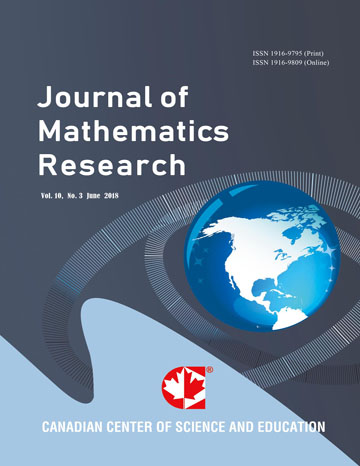Strong Masting Conjecture for Multiple Size Hexagonal Tessellation in GSM Network Design
- Samuel K. Amponsah
- Elvis K. Donkoh
- James A. Ansere
- Kusi A. Bonsu
Abstract
One way to improve cellular network performance is to use efficient handover method and design pattern among other factors. The efficient design pattern has been proven geometrically to be hexagonal (Hales, 2001, pp. 1- 22) due to its maximum tessellable area coverage. But uneven geographical distribution of subscribers requires tessellable hexagons of different radii due to variation of costs of GSM masts. This will call for an overlap difference. The constraint of minimum overlap difference for multiple cell range is a new area that is untapped in cell planning. This paper addresses such multiple size hexagonal tessellation problem using a conjecture. Data from MTN River State-Nigeria, was collected. Multiple Size Hexagonal Tessellation Model (MSHTM) conjecture for masting three (3) different size MTN GSM masts in River State, accounted for least overlap difference with area of 148.3km2 using 36 GSM masts instead of the original 21.48 km2 for 50 GSM masts. Our conjecture generally holds for k-different (k>=2 ) cell range.
- Full Text:
 PDF
PDF
- DOI:10.5539/jmr.v8n3p44
Index
- ACNP
- Aerospace Database
- BASE (Bielefeld Academic Search Engine)
- Civil Engineering Abstracts
- CNKI Scholar
- DTU Library
- EconPapers
- Elektronische Zeitschriftenbibliothek (EZB)
- EuroPub Database
- Google Scholar
- Harvard Library
- IDEAS
- Infotrieve
- JournalTOCs
- MathGuide
- MathSciNet
- Open policy finder
- RePEc
- ResearchGate
- Scilit
- Technische Informationsbibliothek (TIB)
- The Keepers Registry
- UCR Library
- Universe Digital Library
- WorldCat
Contact
- Sophia WangEditorial Assistant
- jmr@ccsenet.org
